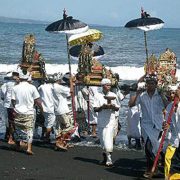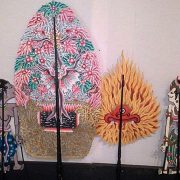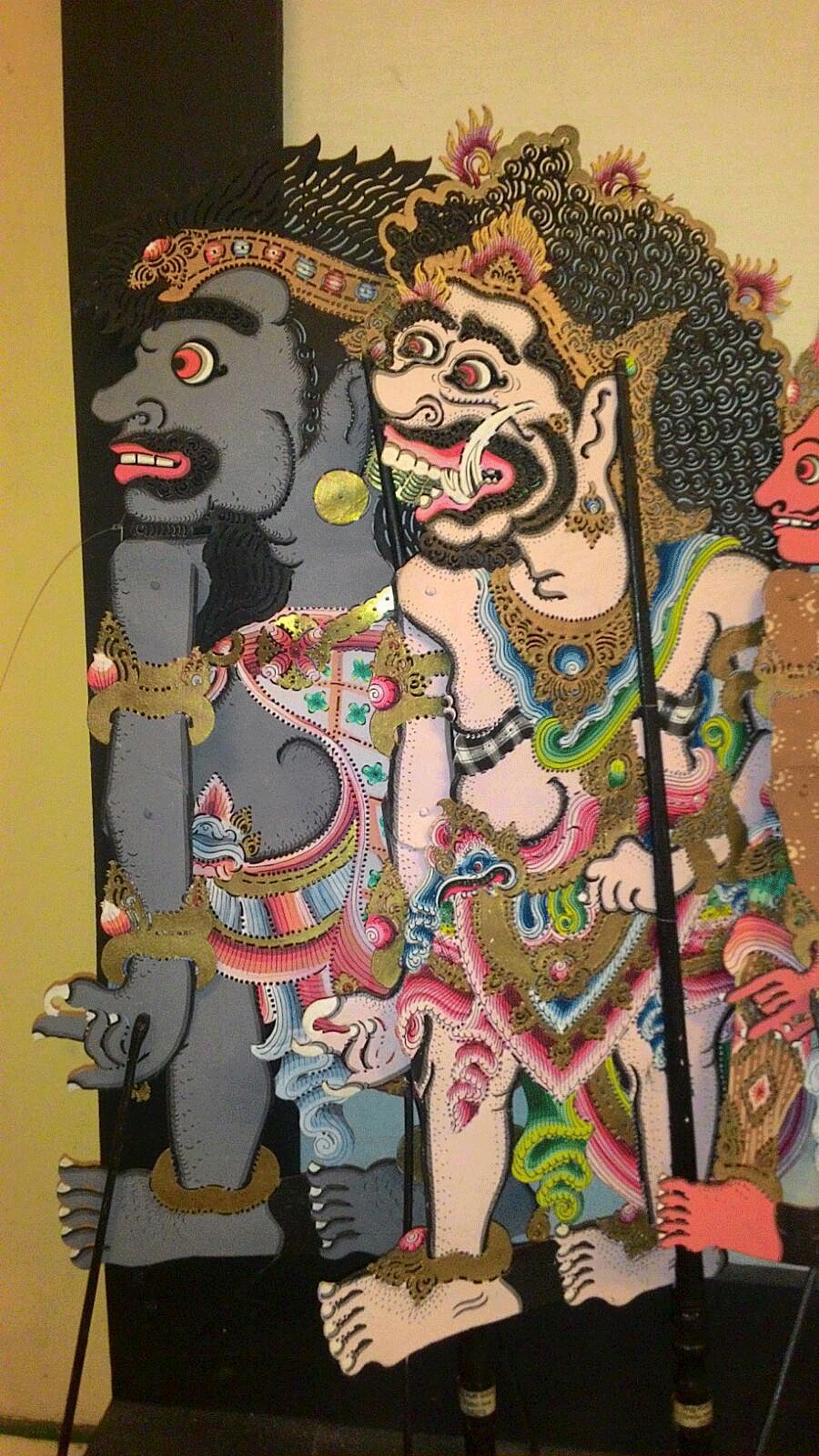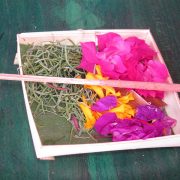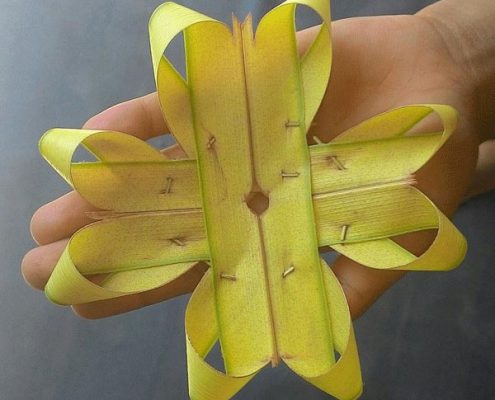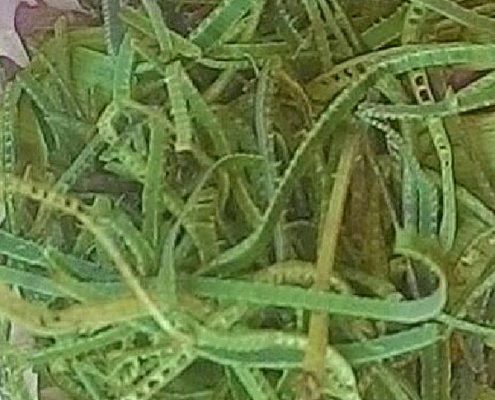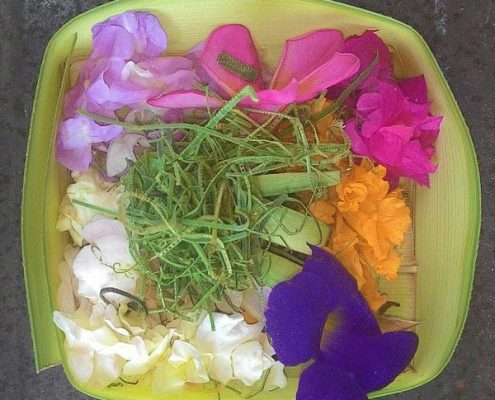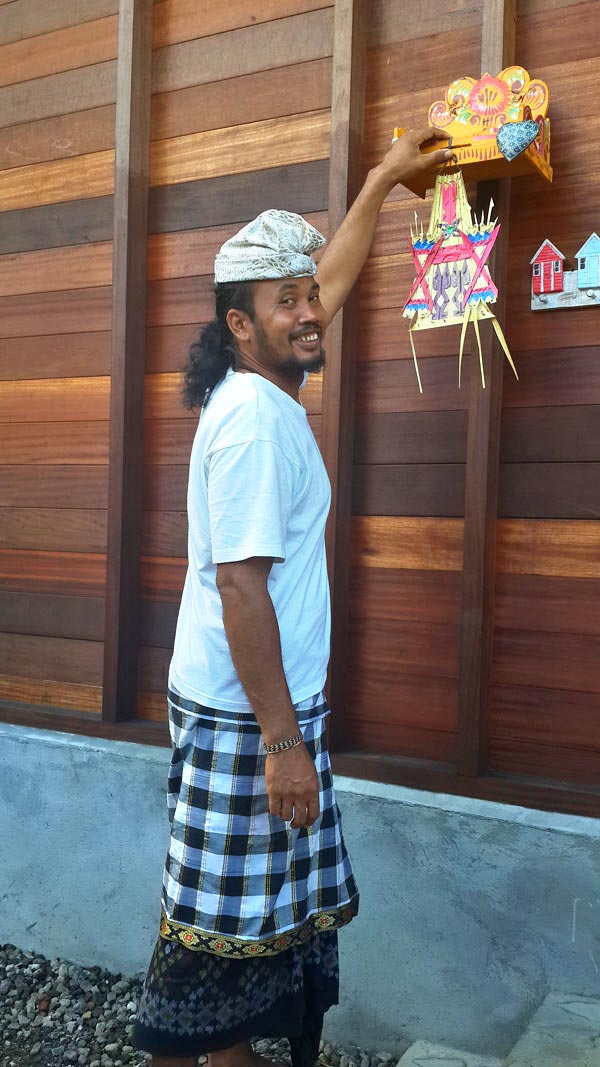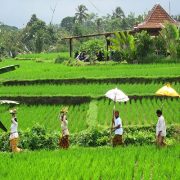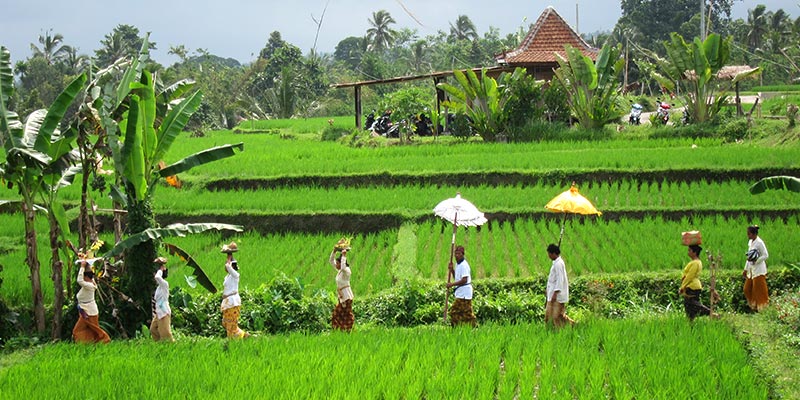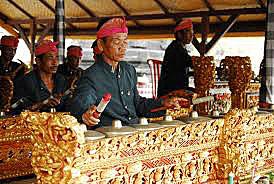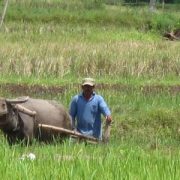I remember Bali as a child farmer and I smile.
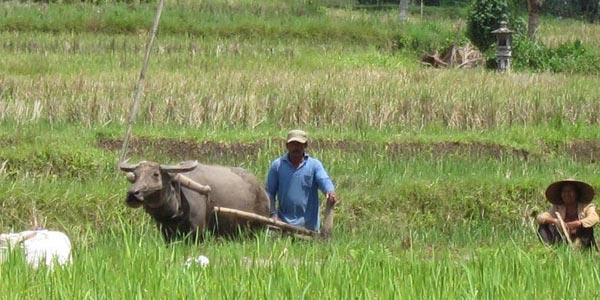 I saw this farmer last week-it pulled my memory back to the Bali of my youth, 30 years ago in the 70s & 80s where we would all see farmers everywhere in the countryside tilling the land after harvest with their helper, the precious cow or buffalo. I remember following my dad and our cow as a boy, collecting abundant eels and snails.
I saw this farmer last week-it pulled my memory back to the Bali of my youth, 30 years ago in the 70s & 80s where we would all see farmers everywhere in the countryside tilling the land after harvest with their helper, the precious cow or buffalo. I remember following my dad and our cow as a boy, collecting abundant eels and snails.
Leading and riding the cow when ‘Melasah’ (cultivation) was lots of fun even though my butt would be sore at the end of the day. We would buy a baby cow and when it was one and a half years old, my uncle or father would teach the cow how to help cultivate the soil. In that time, the cost was almost free because farmers and families would partner and share and every one would help feed the cows, who helped cultivate. We would bring ‘nasi bungkus’ (rice meal ‘take-away’) to the farmer with cooked eels and snails we caught while he tilled the soil. Each farmer in that time was very important. Read more
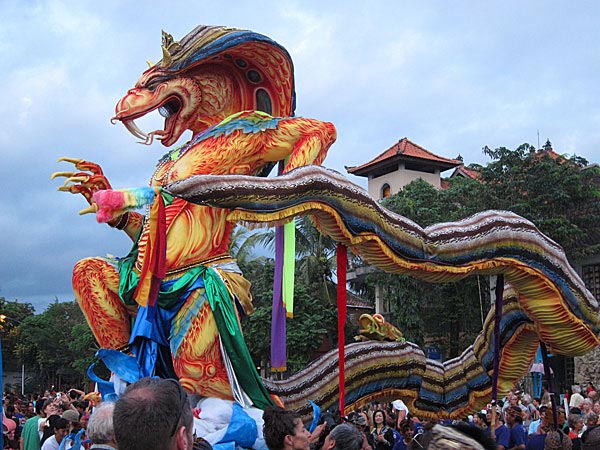 “Nyepi” means quiet and peaceful Bali’s new year celebration, usually in March or sometimes April – in silence. Nyepi is a word derived from the word Sepi that means quiet or peaceful. Balinese celebrate it on a dark moon “Tilem Kesanga”, annually in March or April. The rituals and celebrations span about a week and have a sequence: Read more
“Nyepi” means quiet and peaceful Bali’s new year celebration, usually in March or sometimes April – in silence. Nyepi is a word derived from the word Sepi that means quiet or peaceful. Balinese celebrate it on a dark moon “Tilem Kesanga”, annually in March or April. The rituals and celebrations span about a week and have a sequence: Read more
